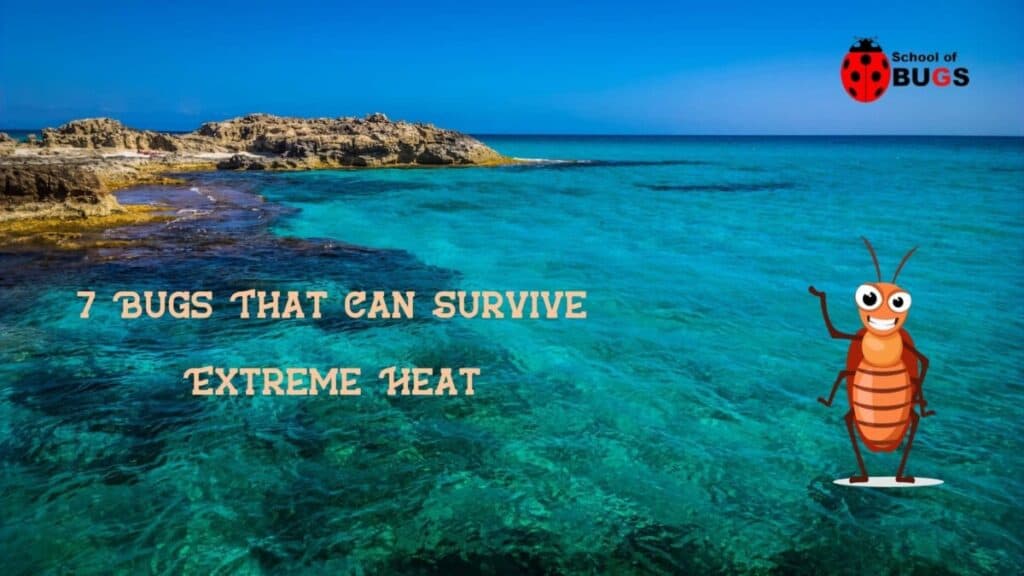
Insects love hot weather. The warmer it is, the more bugs you can see everywhere you turn.
But while insects like warmth, they can’t stand the extremes. Most species die when the daily temperature surpasses 97 degrees Fahrenheit.
However, there are a couple of exceptions that have built up heat tolerance and can survive extreme heat. In this article, we’ll learn more about each of these species.
Insects That Can Withstand Extremely High Temperatures
Certain species handle heat better than others. And with the constant climate change, some insects have developed unique mechanisms to deal with constantly increasing temperatures.
#1 Sand Wasp
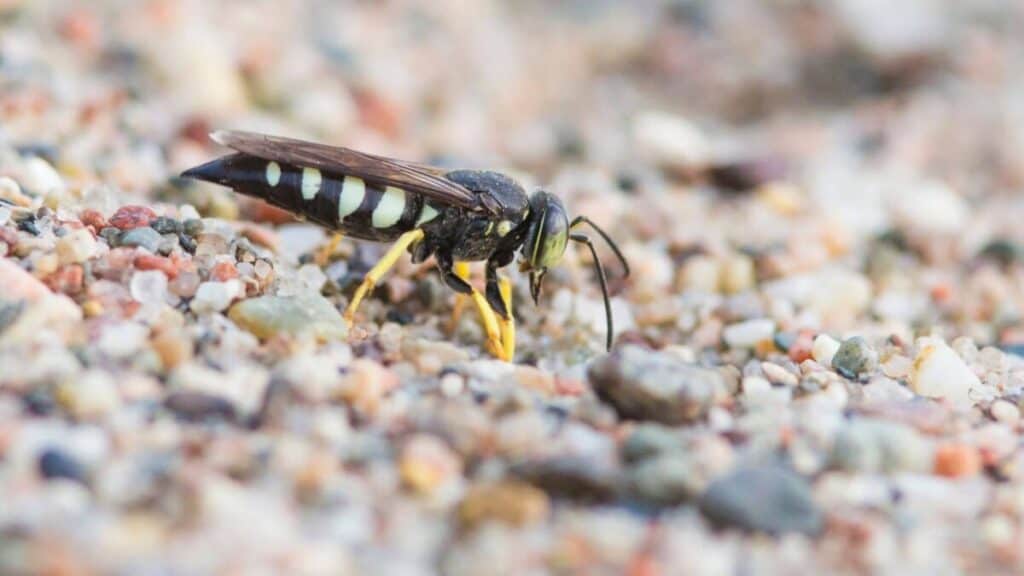
Insects in the Bembicini family, also known as sand wasps, are endemic to desert regions across the Americas.
During June and July, the temperature there oten exceeds 100 degrees, with the sand being even hotter. But heat doesn’t seem to be the issue for the sand wasp, as this insect burrows its nest into the sandy soil. In fact, the temperature needs to be around 113 degrees Fahrenheit in order for a sandy wasp to die from the heat.
One thing we all learned in a biology class is that wasps, like any other insect, are cold-blooded. That means they get their body heat from the environment, rather than generating their own.
So how do they combat high desert temperatures, you might ask?
By using the same method they use to digest food – regurgitation. To put it simply, regurgitation is practically vomiting liquid from the sand wasp’s stomach. Once they reach the head area, these liquids start evaporating, causing the body heat to drop.
#2 Sahara Desert Ant
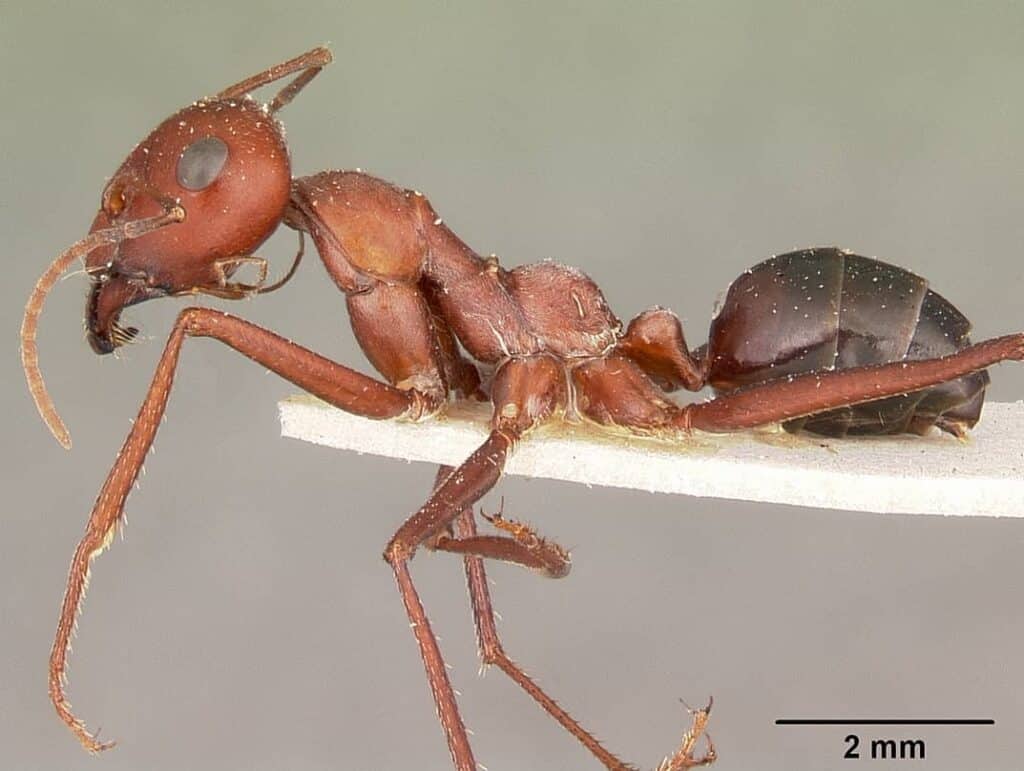
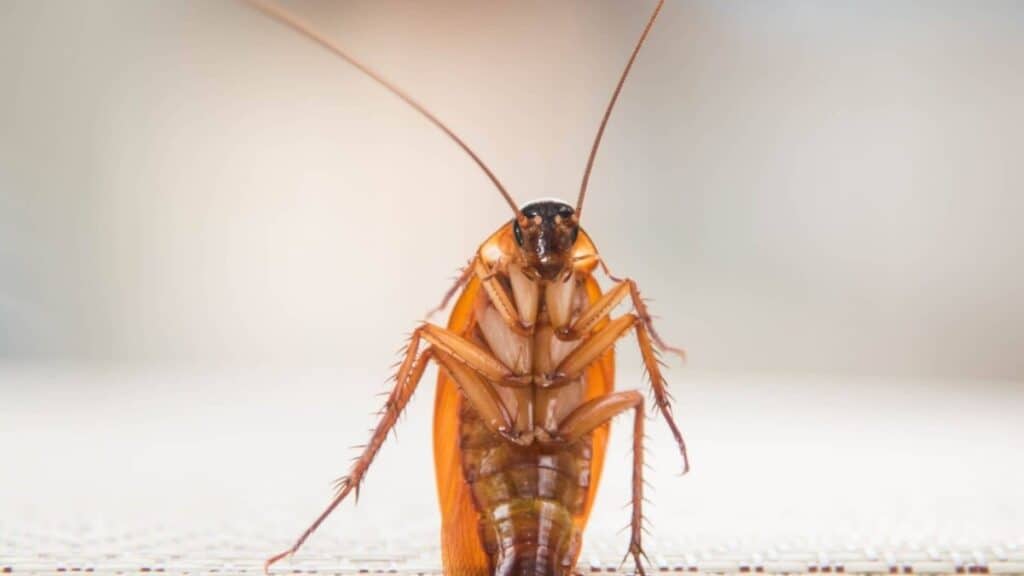
Cockroaches are notorious for their resilience. These seemingly-immortal insects can survive pretty much anything, including decapitation, nuclear radiation and, you guessed it, high temperatures.
Roaches have a tough exterior shell called the exoskeleton that can withstand a load up to 300 times its body weight. That’s why it usually takes more than a single step on a cockroach to kill it. Well, the tough outer shell does a great job at protecting the organs from high heat as well.
A cockroach can go without breathing for up to 40 minutes, and this fancy little skill is also useful for dealing with extreme heat.
By holding its breath, a cockroach prevents hot air from entering its system and increasing its body temperature. At the same time, it prevents moisture from leaving the body.
But while a cockroach can easily adapt to different conditions, it simply can not withstand brutal temperatures above 115 degrees Fahrenheit. Within two to seven hours of being exposed to such extremes, a cockroach will die.
Eastern Honey Bee
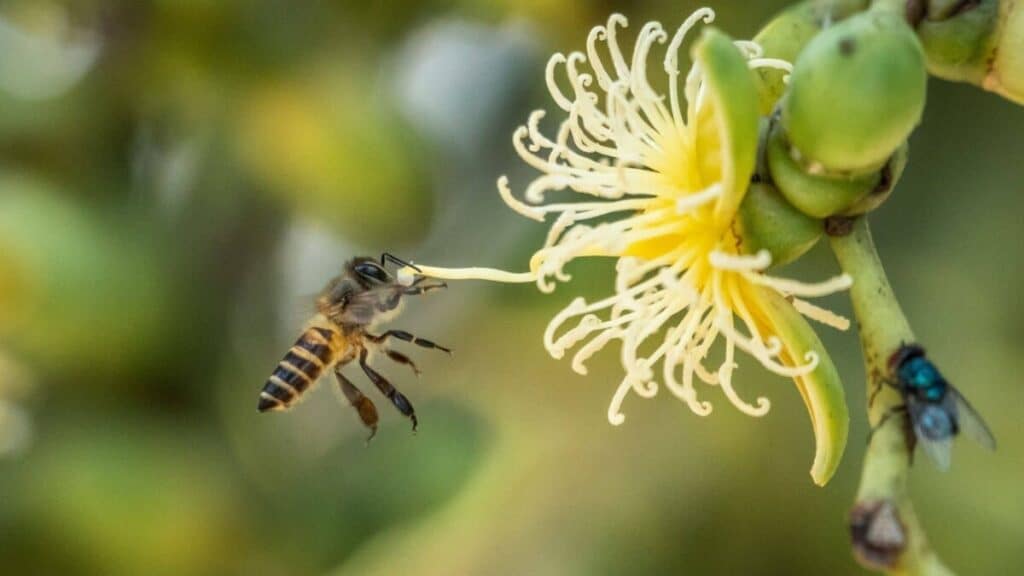
Apis cerana, a honey bee species native to South, Southeast and East Asia, has a pretty effective mechanism for keeping the hive thermoregulated.
Worker bees surround the nest and fan their wings, and just like an air conditioner, they decrease the temperature inside the hive.
By working hard and in sync, worker bees cool the nest down to a temperature between 90 and 95 degrees Fahrenheit!
But while the queen bee is enjoying the chilly temperatures inside the hive, worker bees are working their backs off out in the direct sunlight.
Luckily, they’re quite resilient. The Eastern honey bee can withstand temperatures as high as 123 degrees Fahrenheit.
The fact that the Eastern honey bee uses heat to fight off enemies only further proves its high tolerance.
When attacked by a Japanese giant hornet, Southern honey bees surround the invader and flip their wings until they create a heat wave of about 117 degrees Fahrenheit. That is more than enough to kill the attacker, but still below their temperature limit.
Saharan Silver Ant
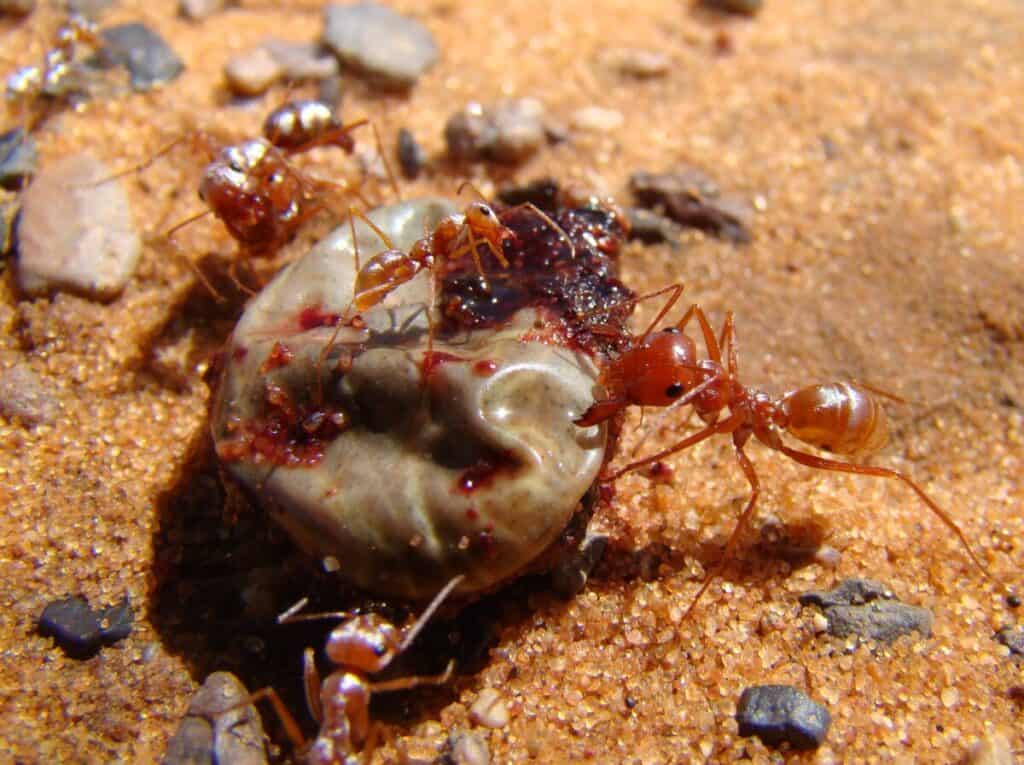
Saharan silver ant is one of the fastest ant species in the world, able to walk 108 times its own body length per second. This essentially means it walks as fast as an average human. In its natural habitat, where the sand gets scaldingly hot, speed is a great survivor skill to have.
But fast walking isn’t the main way the Saharan silver ant deals with extreme heat. Its body is covered in tiny silver hairs, which act as a mirror and reflect both light and heat waves away.
And since the silver coat is so dense, very little light reaches the body. That’s why the Saharan silver ant can keep its body temperature below the fatal 128 degrees Fahrenheit, even when the sand is hotter than the stove.
Bed Bugs
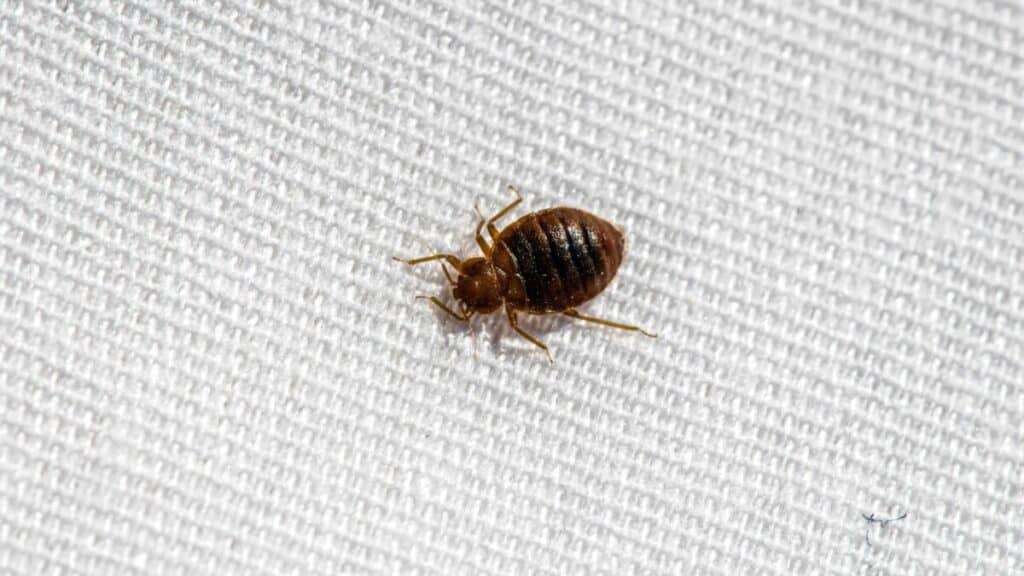
One of the most heat-resilient insects, bed bugs, are common house pests. But compared to most insects on this list, a bed bug doesn’t live in a sand, volcano, or any other brutally harsh environment.
This insect is mainly fond of hiding inside old furniture. Like mosquitoes, bed bugs feed solely on blood. For that reason, they usually reside inside mattresses, sofas, and similar cozy places that allow them to take a bite of your skin.
Bed bugs are pretty tough pests to get rid of. Soaking your furniture with pesticides might do the job, but doesn’t sound like a very healthy thing to do.
But then again, the good old heat treatment might not be enough to get rid of bed bugs. While most pests will die as soon as the temperature reaches 97 degrees Fahrenheit, you’ll need to achieve scorching 122 degrees to kill off bed bugs. Their eggs are even more heat-resistant, as they can survive even the temperature of 125 degrees.
Round-Necked Longhorn Beetle
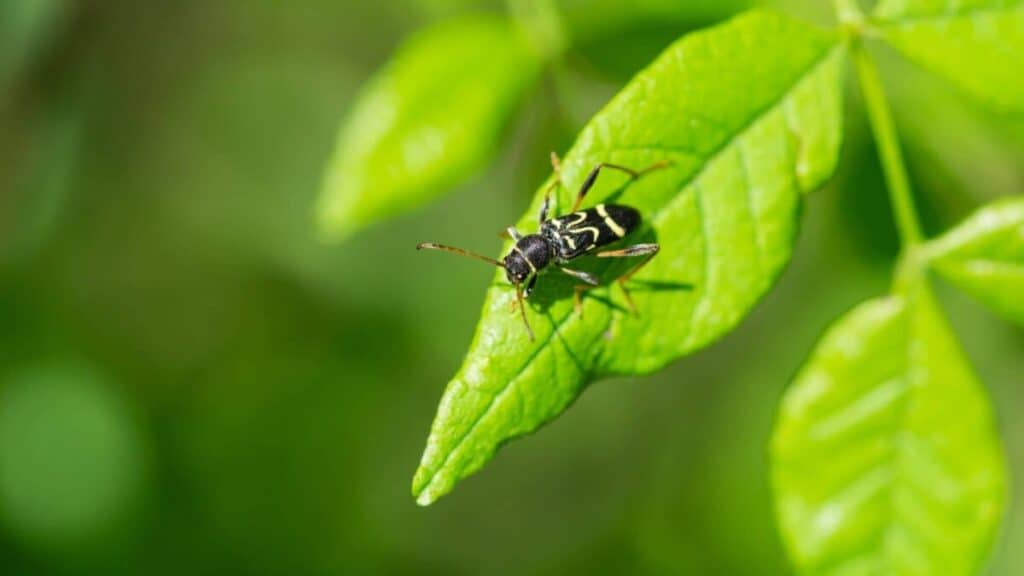
While all of the bugs on this list deal impressively well with the triple-digit heat, no one does it like the Neocerambyx Gigas. This species of longhorn beetle lives in quite an unforgiving environment, around active volcanoes across Malaysia, Indonesia, and Thailand.
While the daily temperatures in these regions regularly surpass 100 degrees Fahrenheit, the ground can be more than 55 degrees hotter!
So what’s the longhorn beetle’s secret weapon against extreme heat? Interestingly enough, it’s forewings. From a distance, the longhorn beetle appears to have shiny golden forewings.
But from a close-up view, it’s apparent that the forewings are covered in triangular, fluffy “hairs” that reflect certain wavelengths coming from both sunlight and lava.
But what’s most fascinating is the fact that this species of beetle was an inspiration for a new type of photonic film, a passive cooling material that’s easy to manufacture and suitable for a variety of uses.
So in a way, we can say that the longhorn beetle played an important part in making cooling systems more environmentally friendly.
In Conclusion
Since they can’t regulate their body heat, most insects are unable to cope with high temperatures. However, certain species have adapted to the harsh environment and developed different heat-resisting mechanisms.
The most tolerant of them all, the longhorn beetle, can survive even the brutally hot temperatures around active volcanoes.
Alright, that’s it for this article, here are a few hand-selected articles that you might also find interesting reads:
7 Bugs That Can Survive Extreme ColdCan Insect Eggs Survive Cooking?
Can Any Insects Survive in the Human Body? Things to Be Aware Of
Recent Posts
Tiny Black Bugs in Bathroom NO WINGS: What They Are and What to Do!
Finding tiny black bugs in your bathroom can be uncomfortable, to say the least. Especially if they are persistent, or they appear in very large numbers, which they often like to do. When it...
Tiny Black Bugs in Plant Soil - What Are They & What To Do About It
A short horror story: You get a new houseplant. You do your best to take care of it. You’ve ensured that it has the right soil, the right amount of sun, it gets enough water. And then one day, you...

